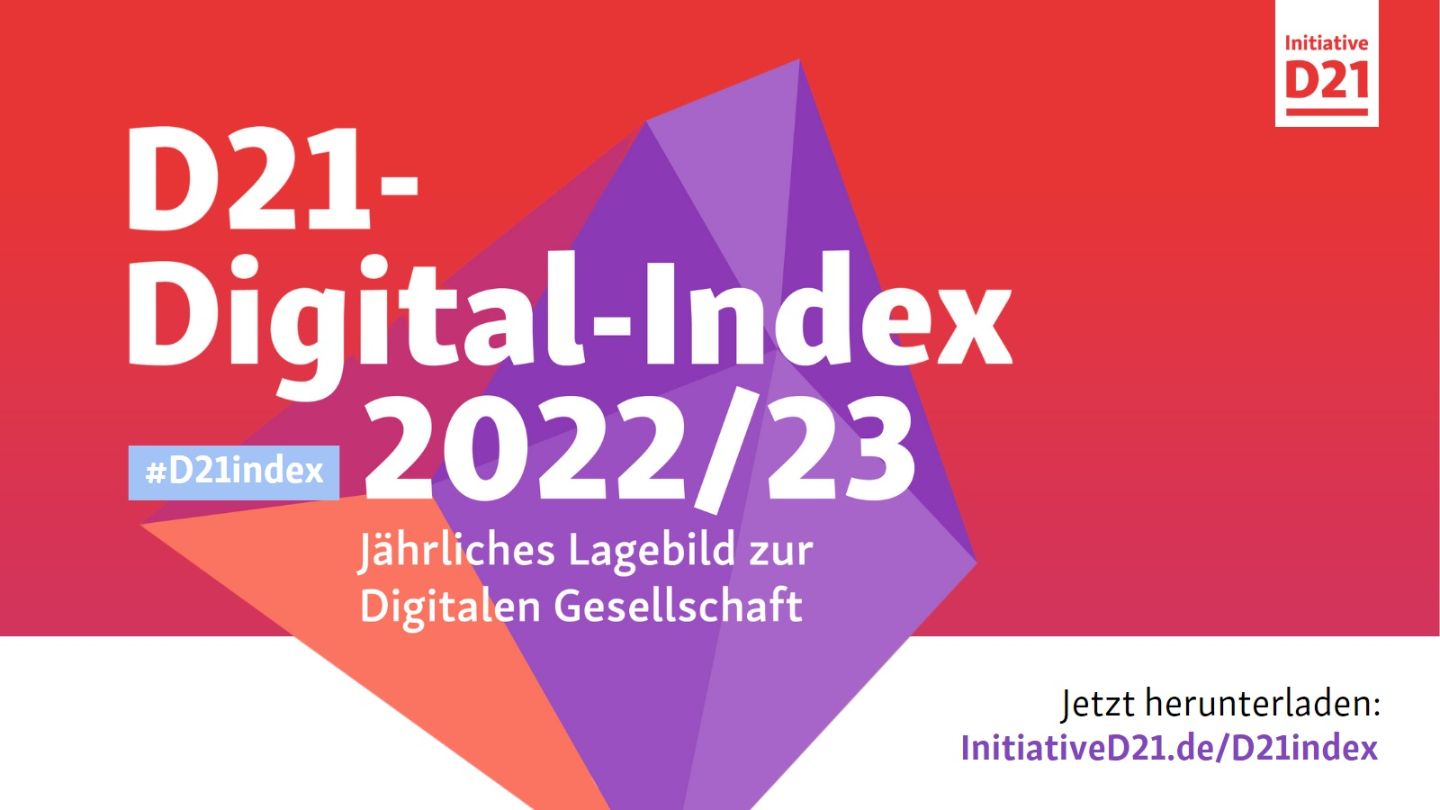Feb 21, 2023 | Weingarten
D21 Digital Index identifies climate risks as the biggest challenge of the digital transformation
• Around two-thirds of respondents are concerned that the digital transformation will lead to an increase in electronic waste
• Growing popularity of remote working models is driving demand for IT hardware
• Refurbished IT has the potential to solve both problems at once
The 2022/2023 D21 Digital Index reveals that more and more employees are working remotely, and companies are faced with rising demand for hardware as a result. The report also shows that a large proportion of respondents are already aware of the risks that digitalization poses to the environment, such as an increase in e-waste and a shortage of raw materials. Despite the fact that innovative usage models based on the circular economy can meet these challenges, very few companies have so far focused on a more sustainable use of IT hardware.
Hybrid working is driving demand for IT equipment
CHG-MERIDIAN, a long-standing partner of the D21 Initiative, is looking forward to the publication of this year’s findings regarding the degree of digitalization in German society. The 2022/2023 D21 Digital Index focuses on those areas of digital life that people are generally concerned with. Among other things, the index indicates that the prevalence of remote working models has increased by 7 percentage points year on year. Of the 38 percent of employees who work remotely, just over two-thirds have an office job. The rise in hybrid working models that has accompanied the digital transformation inevitably puts pressure on companies to provide sufficiently powerful IT equipment for their employees. Unsurprisingly, decision-makers increasingly have to strike a balance between their employees’ needs and the costs and environmental impact of meeting them.
“As a pioneer of the circular economy, the sustainable use of technology has been at the heart of our business for decades. The pandemic has been a major driver of digital transformation in the workplace, but we must make sure that this momentum does not move the focus away from corporate sustainability targets,” says Dr. Mathias Wagner, CEO of CHG-MERIDIAN. “The latest D21 Digital Index reflects this assessment. Employers increasingly have to ask themselves what a successful modern workplace should look like, and efficiency and performance are no longer the only requirements to consider. Finding a solution for what appear to be conflicting commercial and environmental considerations might seem an impossible task at first glance. But there are innovative usage models out there, based on leasing or device-as-a-service, and the solution lies in the principle of usage over ownership.”
Concern about e-waste boosts the appeal of usage models
Digital transformation is continually driving demand for powerful IT equipment in companies, and the public is becoming more aware of the associated risks. For example, 59 percent of respondents identified a rise in e-waste as a significant risk arising from digitalization, while 56 percent identified the extraction of raw materials. This assessment is in line with the latest data and findings. According to the United Nations, 54 million tonnes of e-waste are generated every year around the world, in many cases due to the disposal of used, but still functional, hardware. This fact has apparently not yet filtered through to senior management level in many companies, with only a third of decision-makers stating in surveys that they already use refurbished IT in their businesses. This means that there is huge potential for a more sustainable approach to the digital workplace.
Back in 2022, a survey commissioned by CHG-MERIDIAN highlighted the potential of circular economy-based usage models that rely on leasing or device-as-a-service. Compared to conventional purchasing, these models can reduce the carbon emissions of smartphones by more than half, for example, and raw material consumption by a factor of 2.5 (Green IT study). The driver behind this optimization is the professional refurbishment of devices in preparation for another lifecycle, as the end of the usage period is rarely also the end of the potential useful life. The systematic reuse of devices improves their carbon footprint and lowers demand for new equipment, thus conserving raw materials. At a time of economic uncertainty, and with supply chains under pressure, this aspect makes usage models even more attractive for companies.
Contact us
If you have any questions please get in touch with us
Jessica Behrens
Company Spokesperson
- CHG-MERIDIAN AG
- Franz-Beer-Straße 111
- 88250 Weingarten
- +49 751 503-203
- +49 175 3419179
- jessica.behrens@chg-meridian.com
